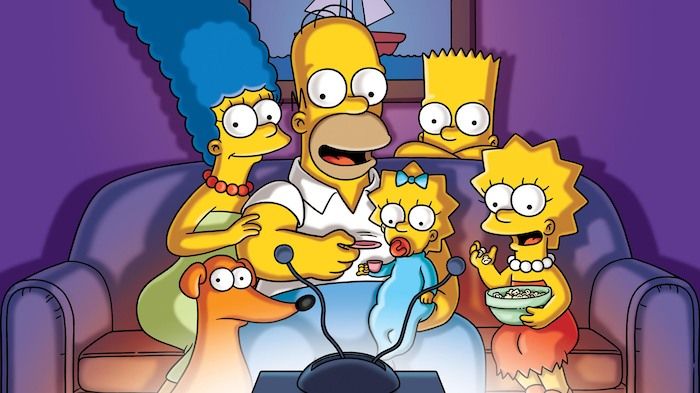More than just purchasing a ticket and sitting in a cinema room, we engage with movies and narrative in a different way.

There’s a scene in a recent movie where the hero has been going about his business trying to clean up petty crime in his neighbourhood and the villain has been getting on with his business quite separately, selling alien weapon technology to anyone with enough money. During one scene in the movie, they face off together to the extent that the hero knows the villain’s face and voice.
The young hero has a crush on a girl he goes to school with, and it’s not until he goes to pick her up for the school prom that you realise the connection – the villain is actually the young girl’s father.
For a big budget blockbuster of the type that relies on swooping CGI visuals, very specific musical cues to augment the action on screen and everything else overtly commercial fare does to manipulate our emotions, the movie handles the reveal in a way that’s as unusual as it is effective. The villain opens the door for the hero with no fanfare, no ominous musical notes, no crash zooms or other fancy camerawork. The conversation is placid and genial and the camerawork is unobtrusive. The director uses only a single tool to convey what’s going on – and that’s the demeanour of the hero, who knows he’s face to face with his nemesis but can’t let on without giving himself away.
Without the usual amplifications of sight and sound superhero movies mostly use, there’s absolutely nothing to indicate how you should feel other than what – as an audience member – you know.
And it got me thinking about the relationship between screen and audience. There’s a midpoint where the audience meets the movie, like a handshake, if you will. In most commercial blockbuster movies you need only sit there and relax – the film comes way back into the theatre to grasp your hand, giving you everything you need to know to absorb and invest in it. In others (most of the films of David Lynch and the European arthouse, for instance) the film barely leaves the screen, drawing you right in to try and get hold of it and still sometimes not giving much away.
Sometimes it oscillates between extremes. In the reveal in the example above, the movie in question abruptly retreats way back into the itself and you follow it all the way, cleverly managing to maintain the contact all the way there and back.
The work coming from the movie’s side is in the artistry the director and his departments use to put it all together – the music and sound design, the camerawork, who the camera follows and all the facets of cinematography.
But we come to the cinema (or TV, or mobile) with a very specific evolutionary and psychological framework that does more of the work than we realise. We’re hard wired from the ground up to respond to and invest in stories – even if they’re poorly told or done so with very rudimentary tools.
That means that, according to the above analogy, we sit down already reaching out with our hand for the film to come and take it – whether it draws us in deeper or comes further out towards us, doing most of the work to tell itself (or even a combination of the two at the same time – it is creatively possible) depends on the film.
And if you doubt anything above, at least one expert backs me up.
Subscribe to FIB’s newsletter for your weekly dose of music, fashion and pop culture news!







